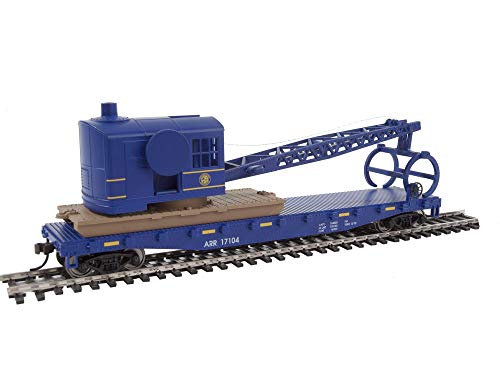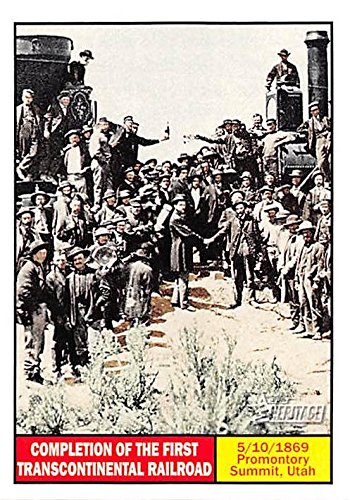Philadelphia's Route 15 returns to trolley service with rebuilt PCC cars with new propulsion systems.
https://patch.com/pennsylvania/phil...cream-septa-trolleys-returning-service-sunday
"The historical trolleys will officially return to service on Route 15 starting Sunday.
Presidents' Conference Committee Trolleys embody a rich history in Philadelphia – a staple for 75 years along Route 15, which serves Port Richmond to West Philadelphia via Girard Avenue, SEPTA said. Over the last four years, SEPTA’s dedicated workforce has meticulously taken apart and rebuilt the trolleys piece by piece."
https://patch.com/pennsylvania/phil...cream-septa-trolleys-returning-service-sunday
"The historical trolleys will officially return to service on Route 15 starting Sunday.
Presidents' Conference Committee Trolleys embody a rich history in Philadelphia – a staple for 75 years along Route 15, which serves Port Richmond to West Philadelphia via Girard Avenue, SEPTA said. Over the last four years, SEPTA’s dedicated workforce has meticulously taken apart and rebuilt the trolleys piece by piece."






















































